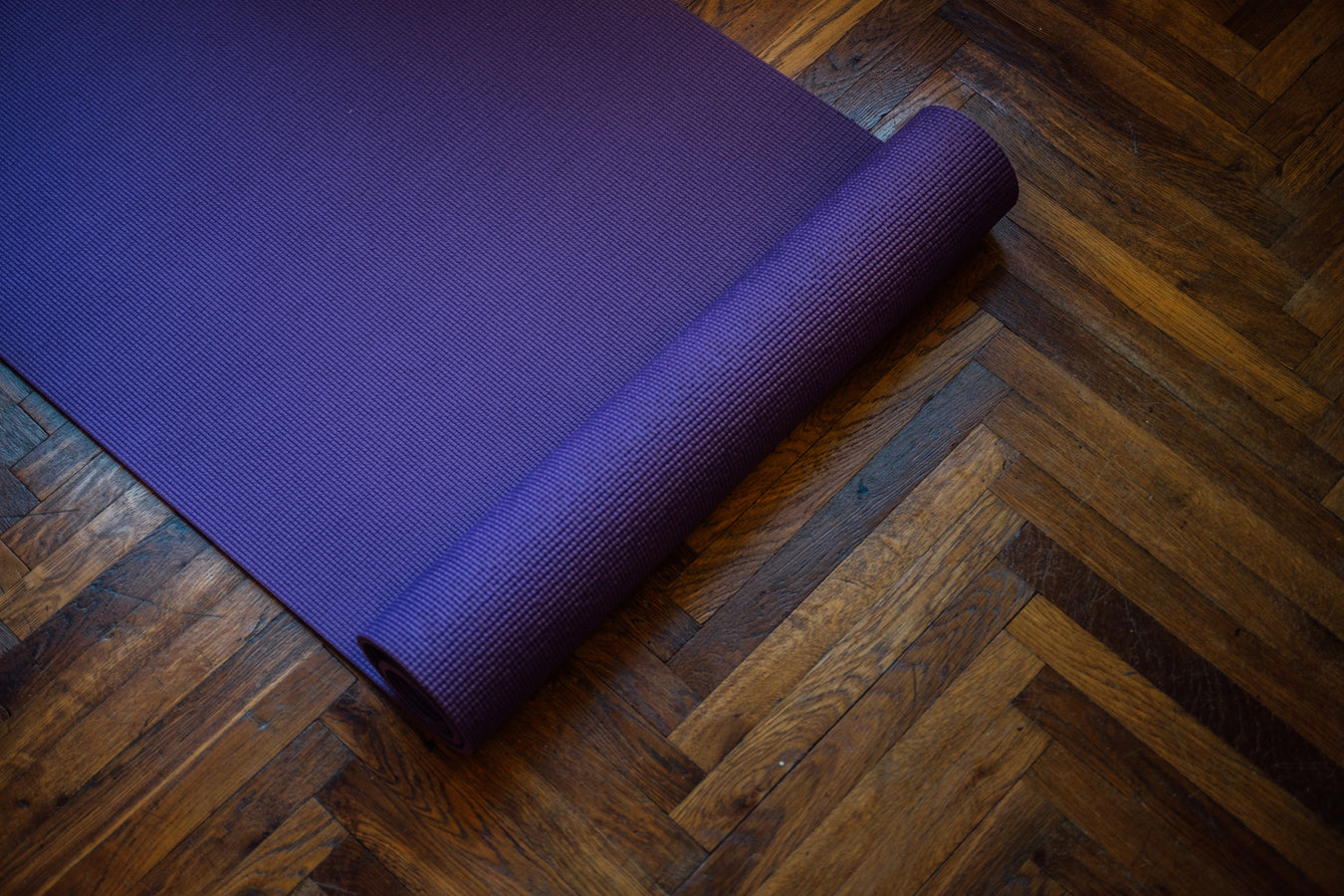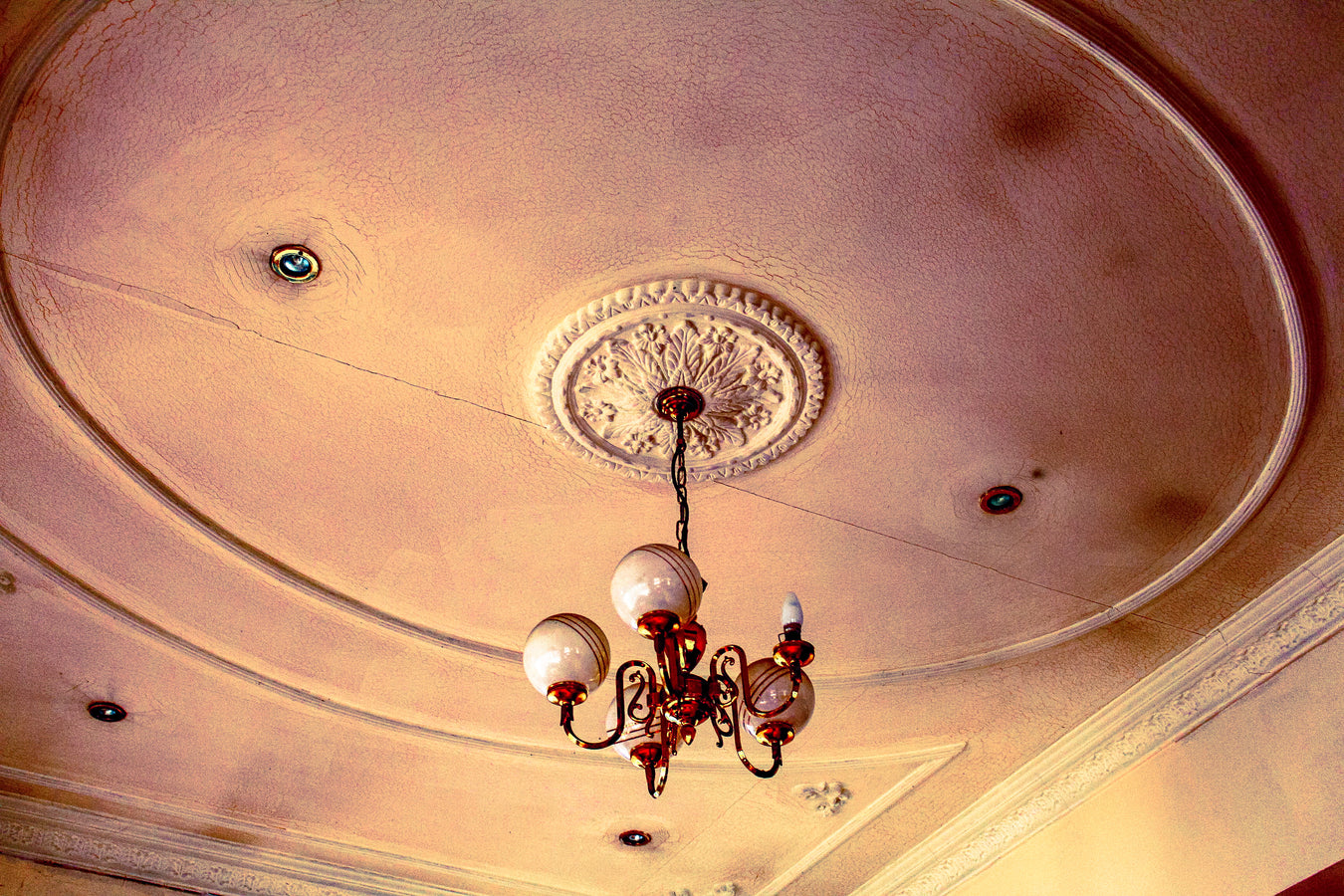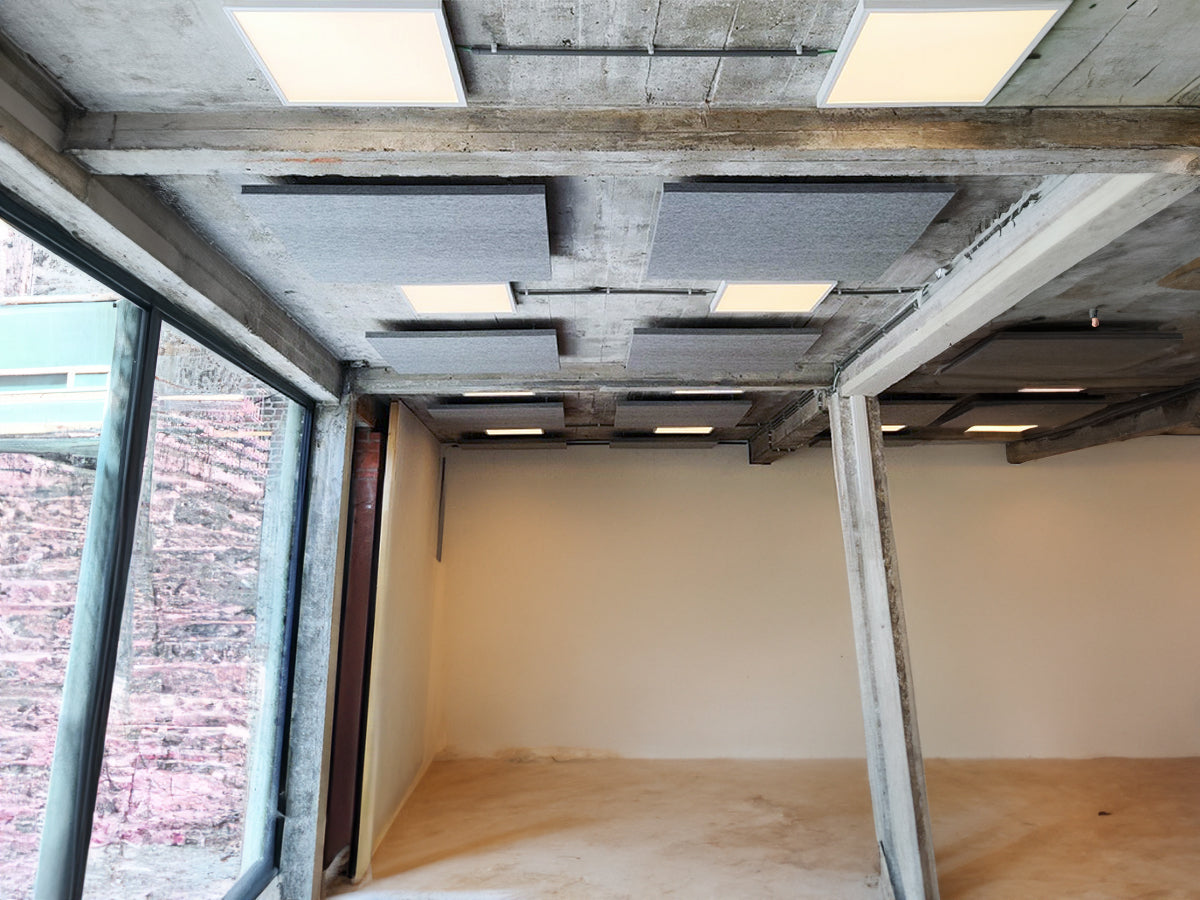What is the Difference Between Sound Insulation and Sound Absorption?
Often one of the biggest areas of confusion in sound management, is the difference between sound insulation and sound absorption. So let’s dig into this, as without understanding the difference, it is difficult to properly diagnose how to solve a nuisance noise.
Firstly, lets look at how the souce of the noise in a room can fall into one of two types:

The red line represents noise from outside the room coming in. Some of it will be absorbed by the wall, but this is, for example, when you can hear traffic from the road, or your neighbours' television in the flat above you. The sound waves these sources create are coming through the walls, floors, ceilings, doors and windows.
In fact, these sounds can be transmitted in two different ways - Impact Sound and Airbourne Sound, but you can read more about the difference in our article on the Science of Soundproofing.
The yellow line is sound generated from within the room itself, which reflects off the walls and ceilings (and floors if you have a solid floor) - this might be music, people talking, or appliances such as washing machines and vacuum cleaners. But surely there isn't a problem with sound you are generating yourself in the room? Sometimes there certainly is! With rooms that have high ceilings, solid floors, or minimalist decor, then the echo can be very distracting to daily life. It can create a base level of white noise in a room which people find tiring, and it can mean people have to speak louder just to have a normal conversation, as a result of having to compete against this echo.
You will hear people referring to both echo and reverberation - the only difference between the two is the time it takes for the reflected noise to come back to you. In a normal room, this time is very short - too short to consciously notice. This is reverb or reverberation. When the reflecting surface gets to be further than about 20 meters away, then your brain will be able to hear the delay between the original noise and the reflected noise - for example, if you are in a canyon or a large hall - this is echo.
Reducing Noise and Echo
As the two types of noise are different, we have to take a slightly different approach to reducing it. We must:
- Stop noise from coming through walls, using insulation; and
- Stop echo from bouncing off walls, using absorption.
Insulation
Insulation focuses on putting thick, dense material in the way of the sound waves coming through the walls. It is the construction equivalent of putting your fingers in your ears! This insulation is usually put within the wall structure and is not visible from the room itself. There are specific products for floors, walls and ceilings, and for handling both airborne and impact noise. It is also best to use a variety of materials in the construction, as different materials will absorb different frequencies of sound (for example bass and treble). For a deeper dive into how this works, see here.
Absorption
Absorbtion tries to use specialist materials that will bounce the noise around within its structure rather than reflect it back into the room. This is very often fibre glass panels, covered in a special fabric. Because they need to be directly in the line of the noise, they cannot be hidden within walls or ceilings - this means they are usually available in a variety of styles and colours to try and complement the room. Soft furnishings will do a basic job at absorbing some of the echo too - we have all seen how much a room echos simply by removing the curtains! You can find out more about how absorption works here.




